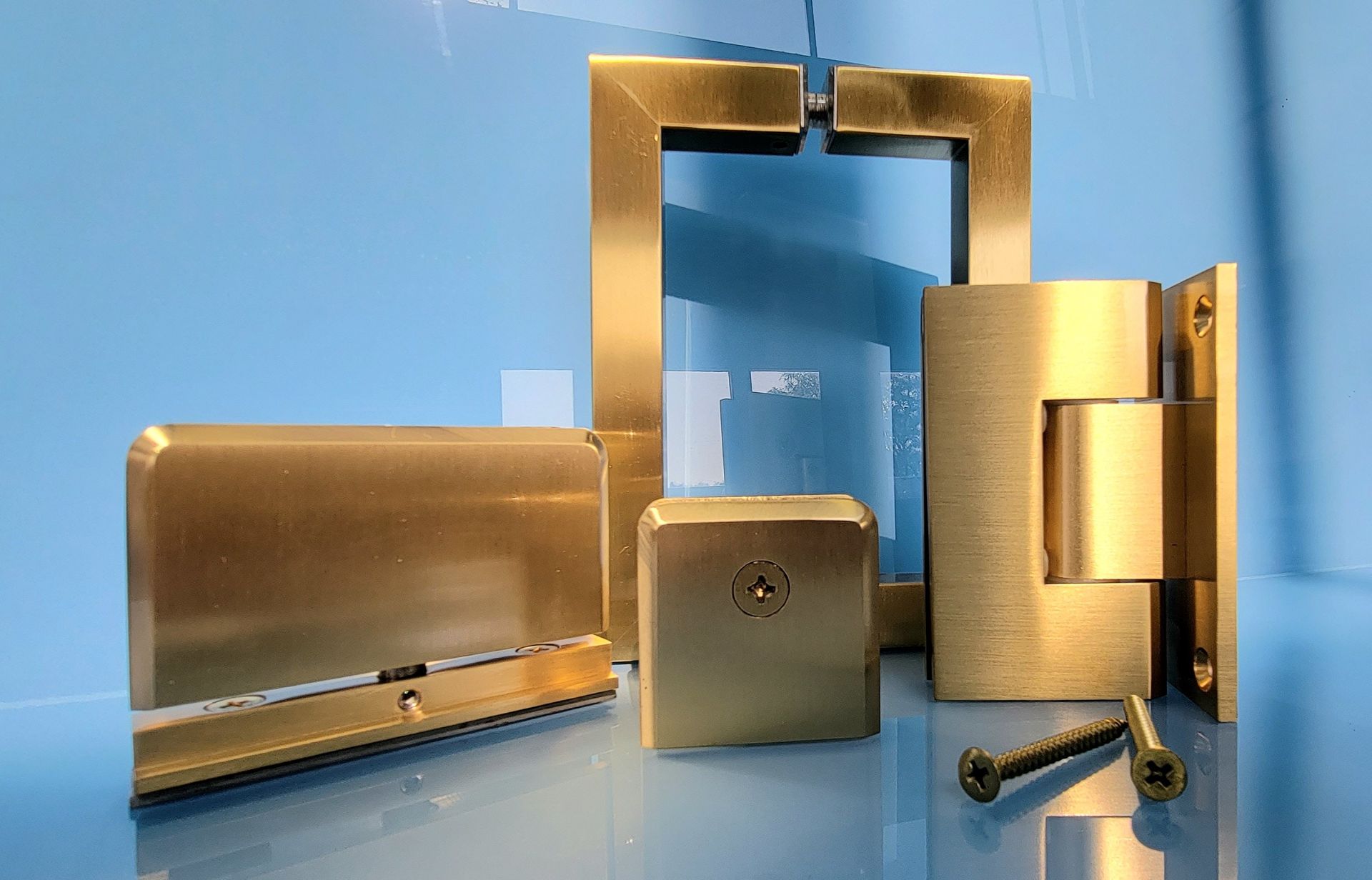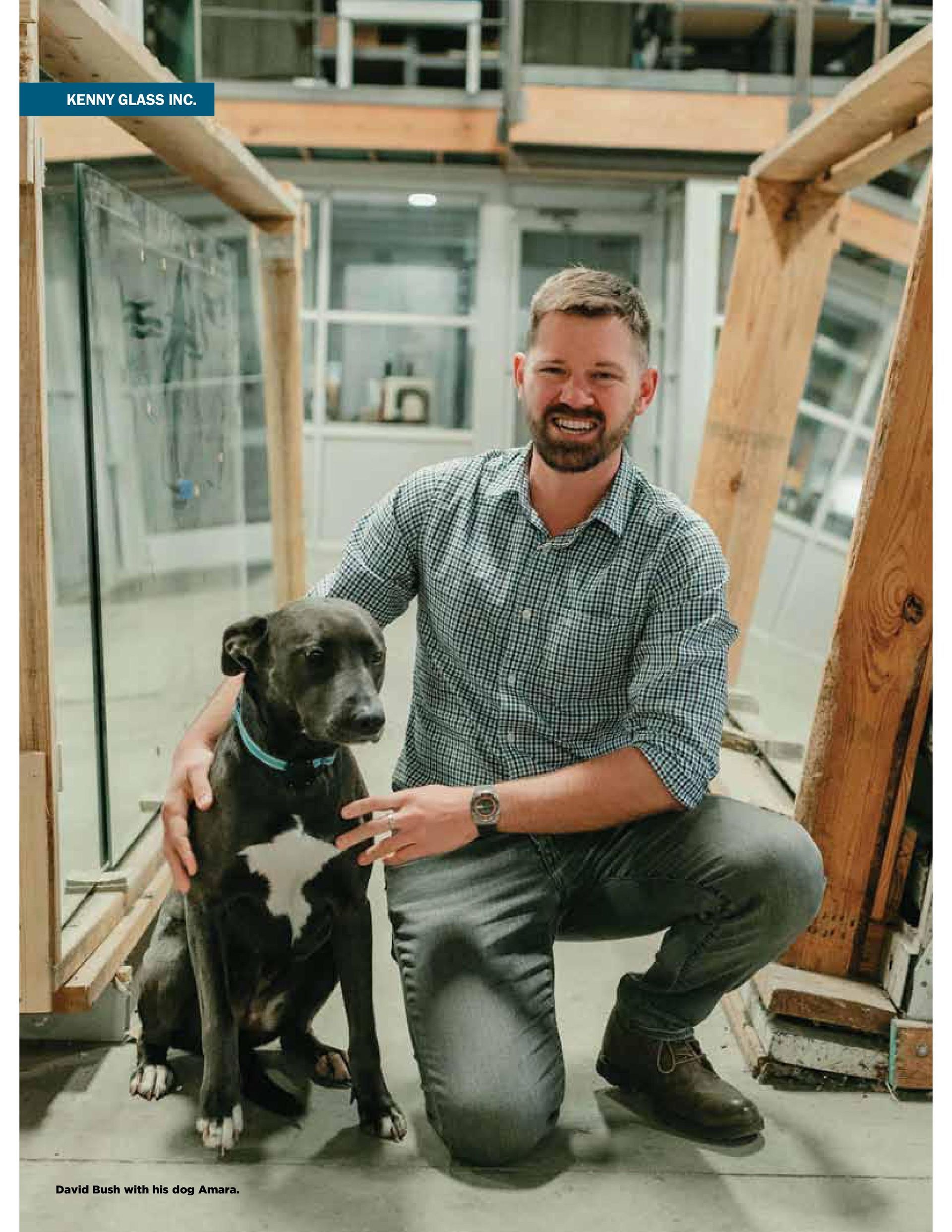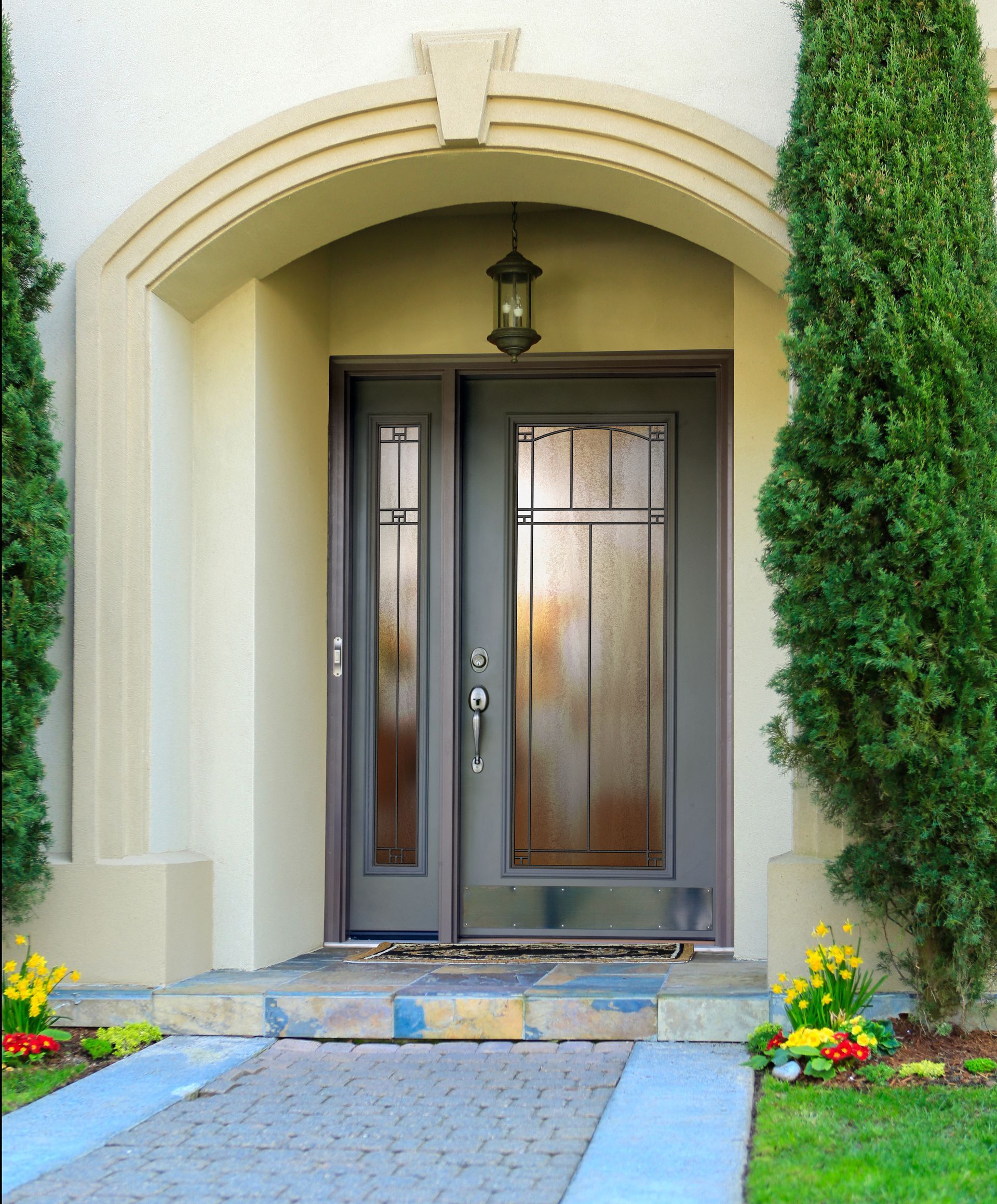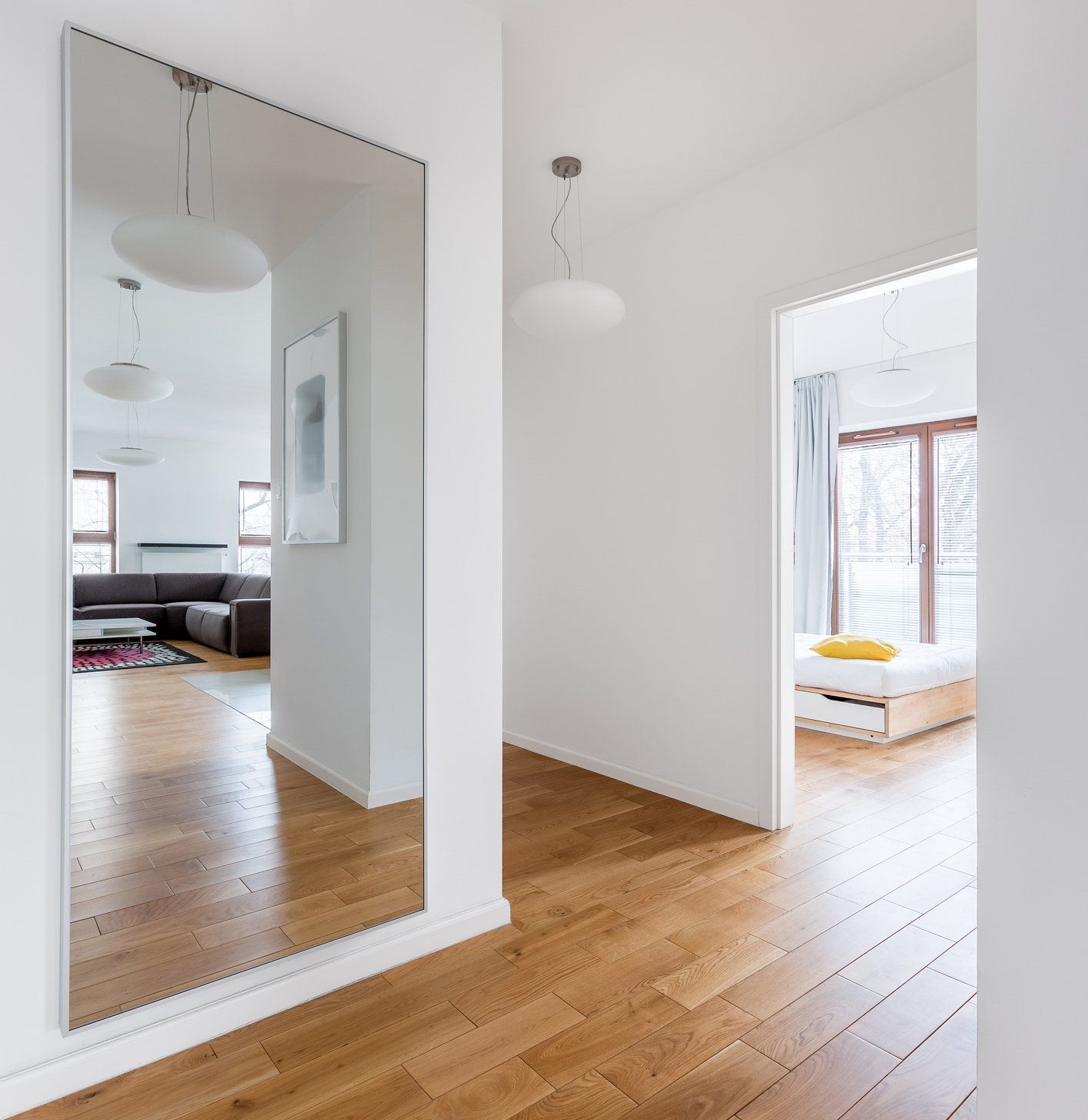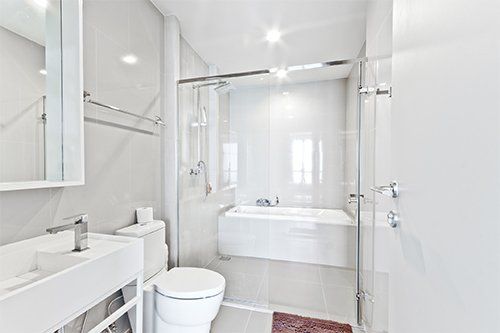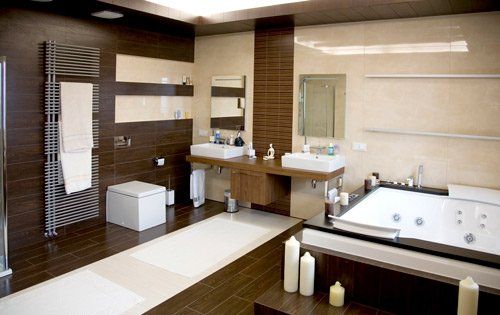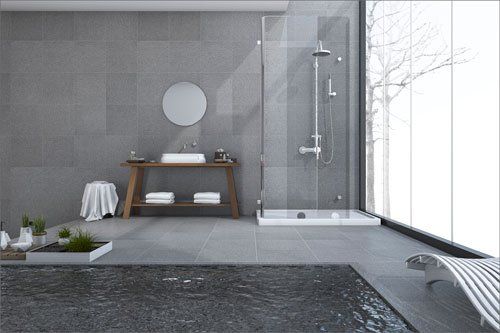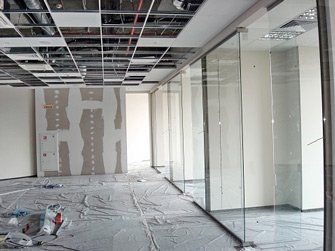If you are adding more windows to your existing business to help bring in more natural sunlight, then you are already taking a great step toward conserving energy and helping the environment. When more natural light illuminates your building, you can reduce your reliance on electricity, which is often produced by burning fossil fuels which pollute the air.
However, realize there are also many steps you can take during the window design process to keep your project as eco-friendly as possible and look forward to even more energy savings.
Many people do not realize what a dramatic impact window placement has on the energy efficiency of a building. Windows placed on the east- or west-facing sides of a building tend to lead to much more energy waste than those placed on the north- and south-facing sides of a building.
Placing plenty of windows on the south-facing side of your building can help harness plenty of passive solar energy from the sun to keep your building warm in the winter. This can help you rely on your heating system much less. For the most heat gain in the winter, ensure your windows are placed within 5 to 15 degrees of true south.
The right window overhang can shield these windows from the sun in the summer to help keep your building cool.
While windows placed on the north side of your building will not harness as much solar heat as those placed on the south side of it, windows facing north are much more energy efficient than those facing east or west and can help illuminate your building naturally.
Not all window frames are suitable for commercial windows. Aluminum frames are typically used when constructing window curtains and storefronts. However, when installing a single window unit or a series of commercial windows, there are several window frame options, including vinyl, fiberglass, and aluminum.
Aluminum is recyclable, so it is a very environmentally friendly window frame. You may be surprised to hear that vinyl is also a very eco-friendly window frame material that is 100% recyclable. Vinyl can be physically or chemically recycled.
When physically recycled, it is broken down into very small pieces, melted, and then re-formed into new vinyl products. When chemically recycled, it is broken down into the chemicals chlorine and carbon that the material is made of. These chemicals can then be re-used in a variety of ways.
While fiberglass is not recyclable at this time, it is often made from recycled glass.
The window frames used in your new window design must be strong enough to support the load of the building wall they are placed on, so your window design professional will recommend the eco-friendly window frame that is best for your window project.
to choose double-pane glass, which can insulate your building much more efficiently than single-pane glass can. Double-pane windows allow 50% less heat to flow through them in the winter, helping you retain your heated air.
For maximum energy efficiency, may also want to consider triple-pane windows. While these windows increase building energy efficiency, they are often very heavy. This means their frame choices are limited, and they may or may not be suitable for your building depending on how much additional weight the building wall they will be added to can bear.
A low-E window coating is also a great option that can help your building conserve heat in the winter and stay cool in the summer. These coatings are made of fine metallic particles that are either adhered to the outer surfaces of your windows or sandwiched between the two panes of glass in a double-pane window. They reflect heat back to its original source.
When you're ready to lower your building's environmental impact and start saving on energy bills, contact Kenny Glass to get your commercial window project started.
